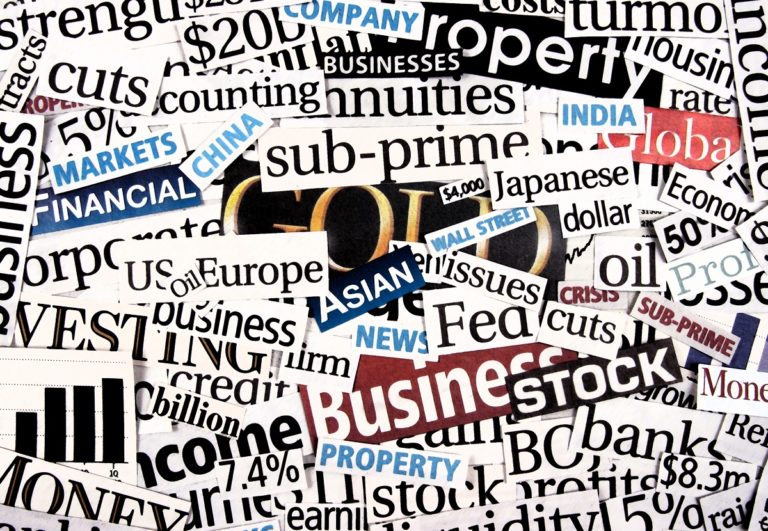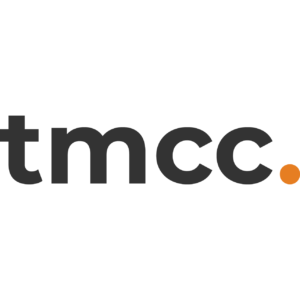The advent of digital marketing has placed more pressure on marketers to measure marketing effectiveness and calculate returns on investment. Public relations (PR) professionals are not immune to this requirement but there are a number of tactics that can be employed to deliver a well-argued case for the value of PR activity.
Here we’ll give you five great tips to measuring PR effectiveness and reporting the results:
Tip 1 – Number of media clips
The number of media clips, or media pick-ups, is a tried and tested method of measurement. And probably the easiest/quickest route to get a feel for how well a press release has performed.
But don’t forget email blasts, website home pages, internal web pages and printed pages – and broadcast.
A media outlet that sends your press release out on an email blast, adds it to a prominent position on their website home page (with a corresponding internal page to link through to) and includes it in their printed magazine has given their readers four ways to engage with your story.
Tip 2 – Measurement by Advertising Value
The media clip metric can be extended into advertising value.
Advertising value is simply a case of assessing your press pick-ups or broadcast slot and calculating the cost of an equivalent advert in that same slot.
If you secure a full page interview with your client’s CEO published on page six of a magazine, for example, you can request the advertising rate card from the publication and calculate the advertising value from there. It’s sensible to take 25% off the rate card value as you’ll rarely pay the full rate value for placing an advert.
There are systems that will attempt to work this out for you such as Gorkana and Vuelio but they are pricey and need to be used with care.
As a PR professional, you might argue that the value of an independent piece of journalism is far higher than a paid-for advert but this is a subjective matter for you to argue!
Tip 3 – Media Impressions
Your article appears in Hamster Weekly, which has a circulation of 50,000 readers. That’s 50,000 potential people who have read your piece. Of course, it’s also likely that the magazine will be read by people who didn’t purchase it so multiply that figure by 2 for your overall potential readership.
For broadcast media use the numbers of people who watch or listen to a program as calculated by the likes of BARB.
And for digital media, understand the number of average visitors to a website or, better still, the actual number of hits to the page with your article.
Of course, there are a huge number of assumptions with this measurement but it is, none-the-less, a bona fide method.
Tip 4 – Measure your own activity
If you write a press release you’d generally put it on your own site and, ideally share the post via your social channels. So don’t forget to measure this interaction. How many hits to the hosting page on your site and how many social shares did you achieve?
Adding additional unique, engaging, copy to your website can also help SEO. This is especially true if your post generates back-links. While it’s difficult to accurately measure this type of impact, the added-value definitely exists.
Tip 5 – Enquiries and sales
Of course, PR is great for brand building over time but it also has the potential to drive enquiries and sales.
If the story is, or anticipated to be, a big media hit it’s worth thinking about how you can measure a spike in sales enquiries – phone or web – and whether this can be directly linked to an uplift in sales. Consider including ways to collect marketing effectiveness information such as a check-box on your website where the enquirer can indicate where they had heard of the offer or instructing the telesales team to ask the same question.
If these questions aren’t asked and PR is part of an integrated campaign the water can be a little muddy. But where there has been demonstrable engagement with press stories – clips, website hits etc. – the PR effort can claim an important contribution.
Remember: PR is a long-game.
PR isn’t a direct advertising campaign or a telesales outreach programme. Whilst it can affect enquiries and sales the aim is to build brand awareness, understanding and trust. And in that respect, PR is one of the more valuable marketing channels.



